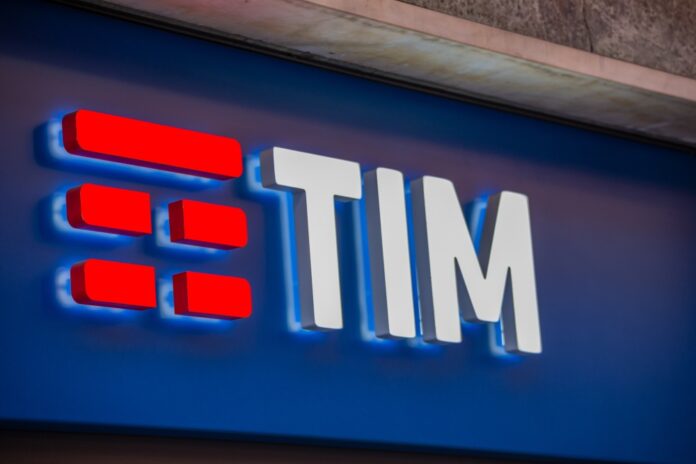TIM dumped Altiostar because it doesn’t do 2G
Second generation networks could be coming back into fashion – in the skills market at least, according to Light Reading. Builders of Open Radio Access Networks (O-RANs) are losing out on contracts to companies that can remember the heady days of SMS text messaging, efficient allocation of spectrum and digitally encrypted phone conversations.
Evidence that 2G networking skills are in demand emerged when Telecom Italia (TIM) replaced Altiostar with JMA Wireless as its open RAN vendor.
New York based software developer JMA won the contract on the strength of its support for 2G, according to Lorenzo Minghini, its product line manager.
No 2G stack? Get to the back!
Rakuten-owned Altiostar was initially replaced at one site, Saluzzo in Italy, because there was a missing component in the holistic network – support for those cases where the operator had a 2G stack. Now TIM is making this a pre-requisite for any supplier pitching to build networks or test systems in its labs.
There is a skill shortage because few O-RAN software developers advertise support for 2G and 3G technologies, forgetting that they are still widely used. While some operators have closed down their 3G networks, 2G offers the only option for global roaming. It’s also the only way to talk to billions of devices on the first internets of things (IoTs).
Ericsson and Nokia don’t look back
European kit maker Ericsson does not provide a 2G to O-RAN offering, while Nokia does not extend to 3G. Samsung says it has developed a 2G product – but nothing for 3G yet. In June Vodafone UK appointed Samsung as the main supplier for an open RAN deployment covering 2,500 sites but it needs to provide continuity with the Huawei-built 3G systems.
A 2G/3G back story is becoming a contract clincher now for O-RAN software specialists, says Light Reading. Parallel Wireless which has Orange as a client, developed its 2G and 3G offerings from the start. By contrast Mavenir bought the expertise it applies to its Vodafone projects through the acquisition of ip.access.
No 2G standard interface
An added complication is that no 2G interfaces are the same and standards won’t emerge soon either as the O-RAN Alliance is too busy with 4G and 5G, said JMA’s Minghini.
JMA Wireless developed its XRAN software to nudge ahead in the race because everyone else relies Intel’s FlexRAN to do the job while JMA tackles problems with its own tools. To paraphrase Minghini, when you have your own steering you don’t hit the same potholes as the rest of the peloton.
“When you swap these systems, the operators want to make sure that from a performance perspective everything is going as it was before,” said Minghini. “We have done months of work with Telecom Italia and other operators to make sure there is at least the same network quality as before.”
Will software stacks that only go back as far as 4G and 5G have limited appeal? It’s green field sites only, but they are as rare as a Dish in the cloud and a Rakuten.


